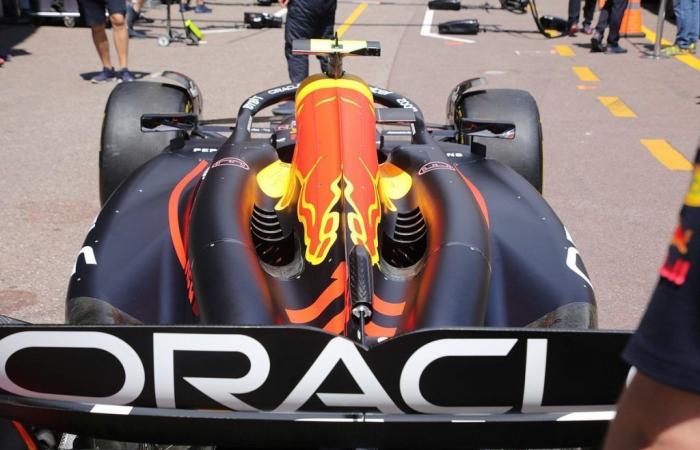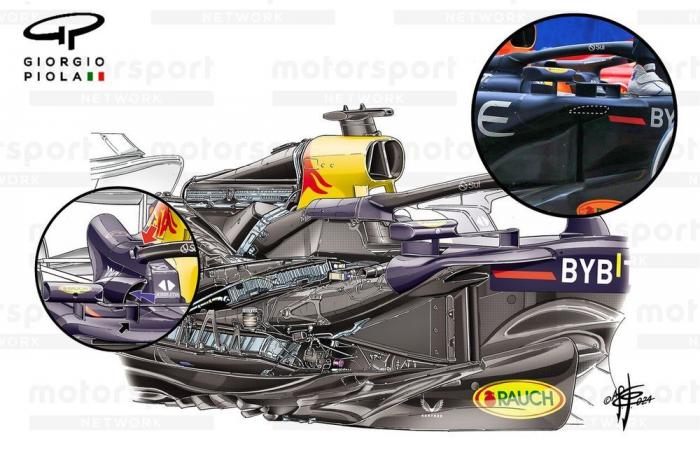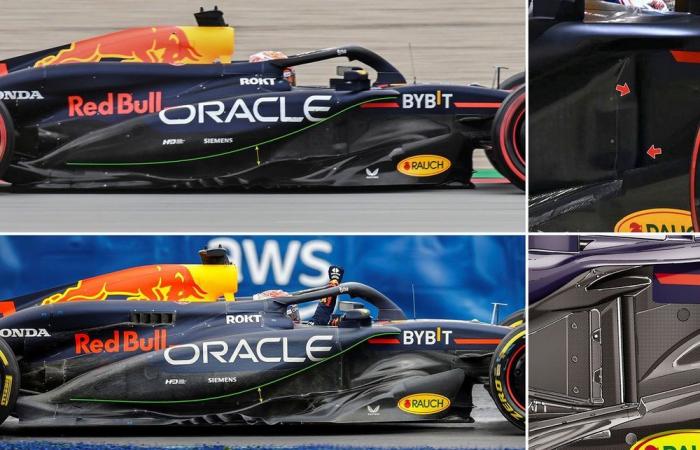When it comes to improving a Formula 1 car, it’s always more exciting when there’s a new wing or a new sidepod concept, but Red Bull in particular is approaching the development ceiling of what is possible with the RB20and they are having to look at much smaller details in their pursuit of profits.
And if we look closely at where things are so far this year, we’ll see that there was a lot of focus on one area that’s not so exciting, and that’s cooling holes. In fact, the latest improvement of the 2024 Spanish Grand Prixwhich included the refinement of the side air intakes, was motivated by his desire to have to implement the fewest number of “exit gills”.
And although having a so-so cooling hole may not be something that many are excited about, it would be wrong to say that they are insignificant when it comes to the final performance of the car. In fact, the team’s engineering director, Paul Monaghanmade it clear at the Circuit de Barcelona-Catalunya that the advantages that can be obtained by closing the exit holes at the rear of the car are enough to make the difference with the rest.
“You’ll be surprised how sensitive, dare I say, everyone is,” he said. “You start putting holes in the back of the body and spilling dirty air onto the rear wing, the floor, the sidewalls and that kind of thing, and that hurts. The aerodynamic sensitivity around here is high enough that You’re arguing for a slot or two if you do it wrong, so I’ll stick with [las mejoras] every day”.
“And we must not forget that we are in a very tight fight with them [otros equipos]”And our margin to change the car is not as big as it perhaps used to be, so whenever we can gain something, it’s good,” he continued.
Focusing on getting the cooling right means there are different solutions for each race, because what works on a cold Silverstone circuit would not be good on a warm Spielberg track, which is 1,000 meters above sea level. And a reflection on what Red Bull did this season regarding its cooling shows how important the teams consider that area to be..
“The effort involved in a kind of remodeling of the bodywork to achieve better efficiency in the entry, for a lower exit, is hard work, it is diligent, and it is something quite large in terms of improvements,” explained the person in charge of the Milton Keynes.
Red Bull was smart when designing the RB20, and they chose to incorporate a new cooling layout to improve air flow through and around the car, while giving him the flexibility to make changes throughout the season. The modification of the pontoon with a horizontal as well as a vertical entrance caused the team to change the internal arrangement of its radiators, with an inclined and stacked position within it.
The smaller radiators are located behind the rear joint of the Halo and supply cold air from the novel inlet arrangement located between the rear joint of the driver’s head protection element and the main airbox inlet.
The team began to make their first adjustments at the Japanese Grand Prixsince they not only modified the horizontal entrance of the pontoon [recuadro, derecha, línea de puntos]making it narrower, but they added another next to the cockpit and the Halo exit joint [recuadro, izquierda]. However, supplying cold air to radiators and coolers is only part of the story, with heat dissipation being another piece of the puzzle that Molton Keynes have numerous ways to solve.
The use of gills in the current generation of cars means that we generally see different sized panels and openings placed strategically around the sidepod and engine cover, rather than adjusting the size of the rear cooling outlet for each plotted.
In that sense, and given the very different internal layout of the RB20 compared to its rivalswe saw various configurations throughout 2024. There are panels on the side of the engine cover and inside the upper crankcases, both as a means of rejecting heat without drastically damaging aerodynamic performance.
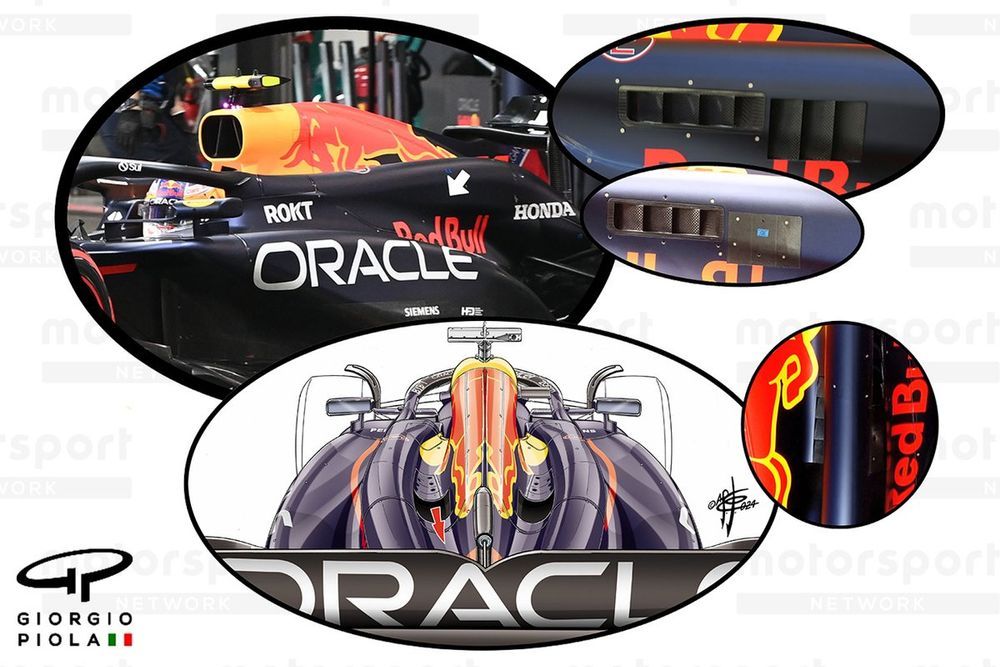
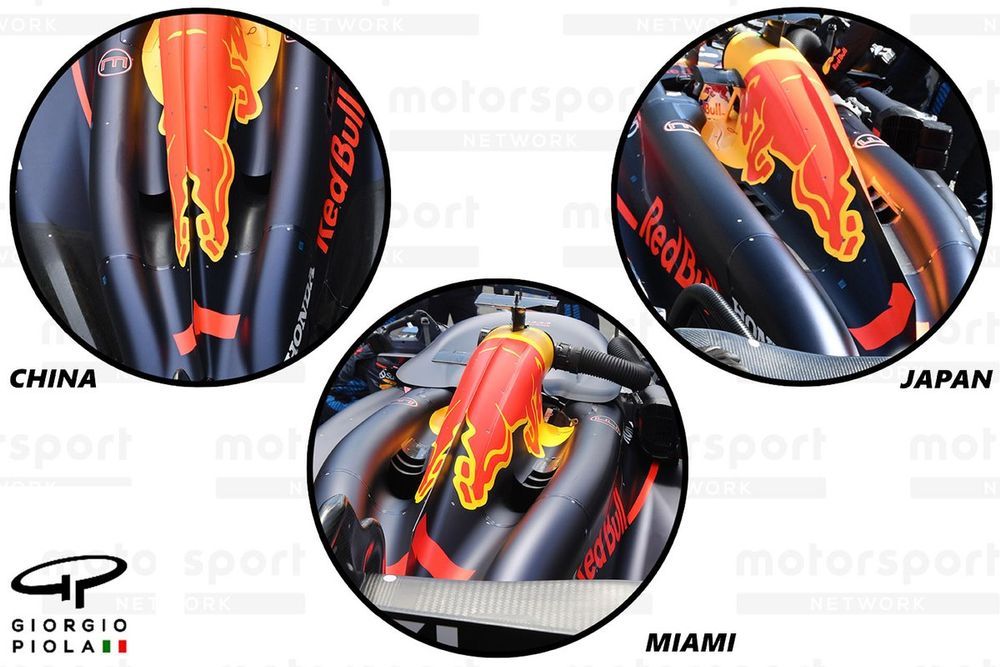
Said that, Red Bull introduced a new bodywork for the Spanish Grand Prixwith a rear cooling outlet as a major point of interest, although perhaps only for use in certain events, but more weapons in your arsenal gives you more opportunities, especially when it comes to swapping cooling and aerodynamic performance.
At the Circuit de Barcelona-Catalunya, the use of a larger rear outlet may be the reason why the team did not need to use the gills on the side of the engine cover as, for example, they did at the Monaco Grand Prix.
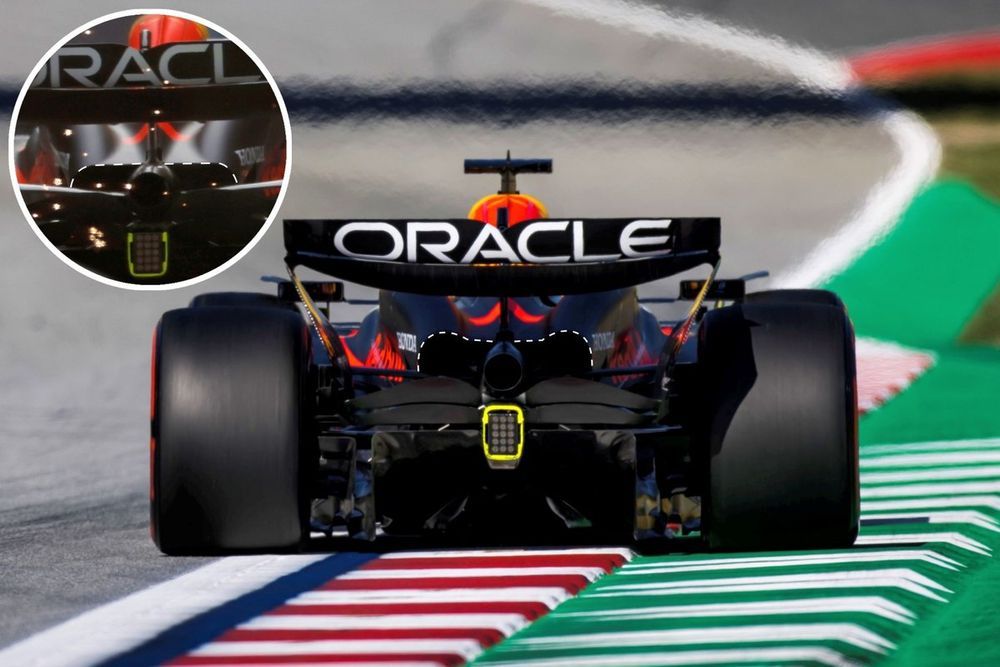
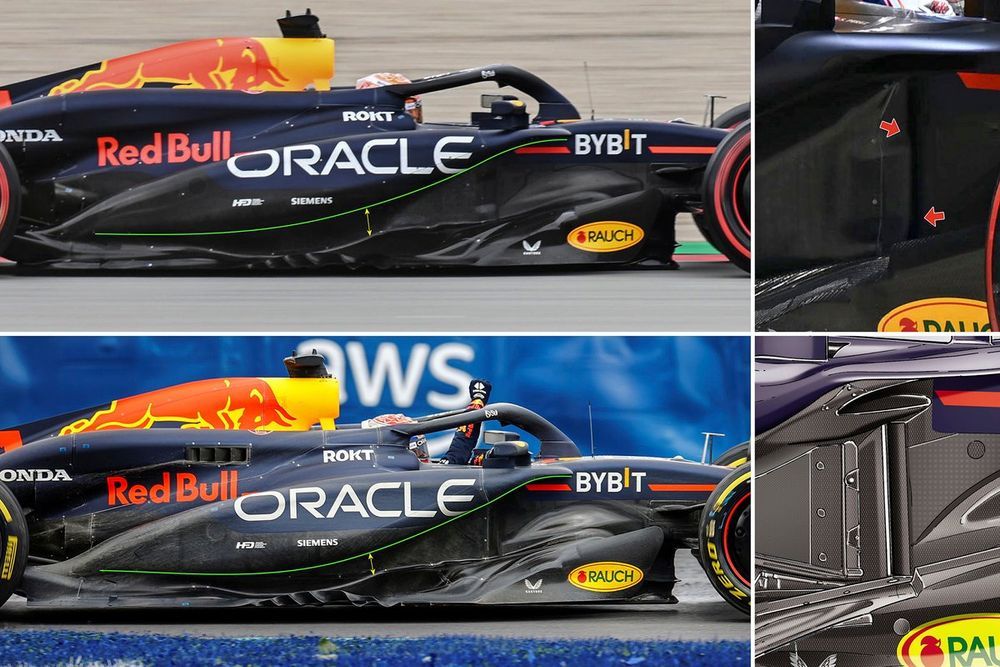
However, they were also introduced changes in the entrance and side bodywork of the carwhich perhaps improved efficiency as Red Bull modified the size and shape of the vertical side inlet and further optimised the undercut and position of its profile relative to the ground.
Do you want to read our news before anyone else and for free? Follow us here on our Telegram channel and you won’t miss anything. All the information, at your fingertips!


